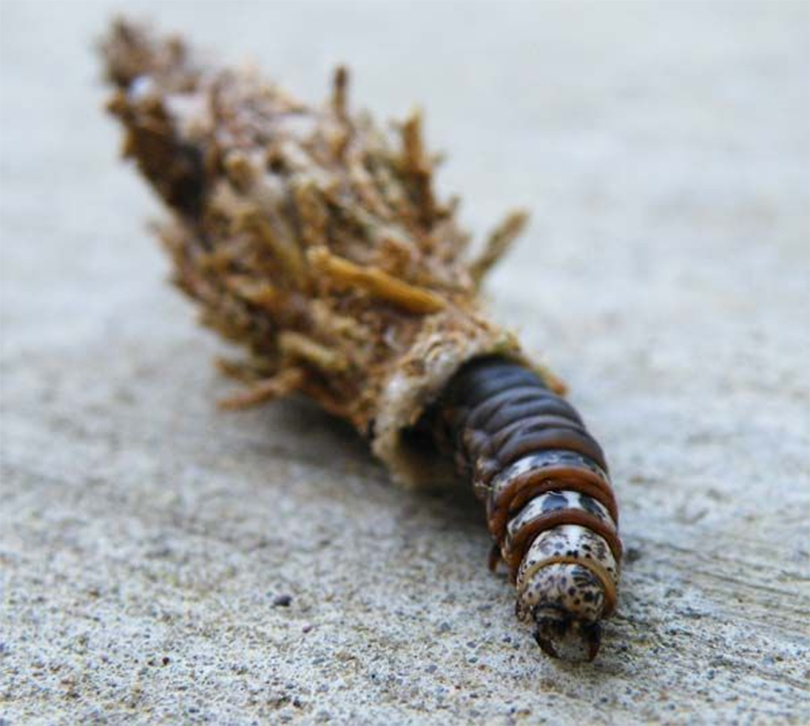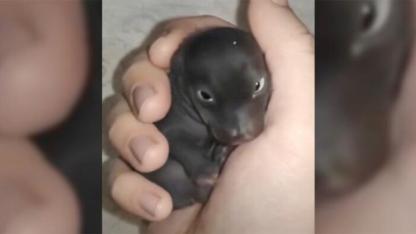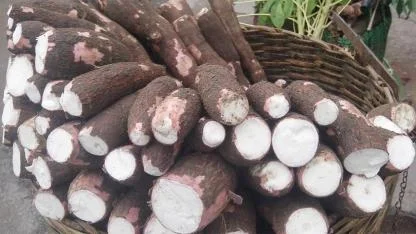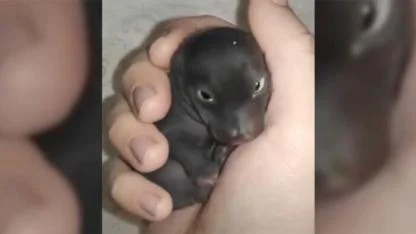This Bagworm Is A Silent Threat To Your Trees
Anyone who’s ever had an issue with an Evergreen Bagworm infestation knows the devastation they bring to trees. The poor trees become increasingly sparse in their pine needle distribution until they eventually lose them all and die. This is a sad end to the beautiful evergreen trees we all love. Thankfully, there are ways to save your trees if you know what to do.
Yayınlanma :
20.10.2023 22:42
Güncelleme
: 20.10.2023 22:42


The Destructive Nature Of The Evergreen Bagworm
Evergreen Bagworms may at first glance seem harmless, but if they are not controlled, they can seriously harm trees. These pests are voracious eaters who prey on various tree species' foliage. They hide until the infestation is severe thanks to the protection and camouflage offered by their bags. Defoliation brought on by bagworm larvae feeding on the tree's leaves makes it more difficult for the tree to photosynthesize and produce the nutrients it needs to grow and survive. The feeding activity also weakens the tree, making it more susceptible to other illnesses, pests, and environmental stressors. Evergreen Bagworms can lead to tree decline and, in some cases, tree death if left untreated.









